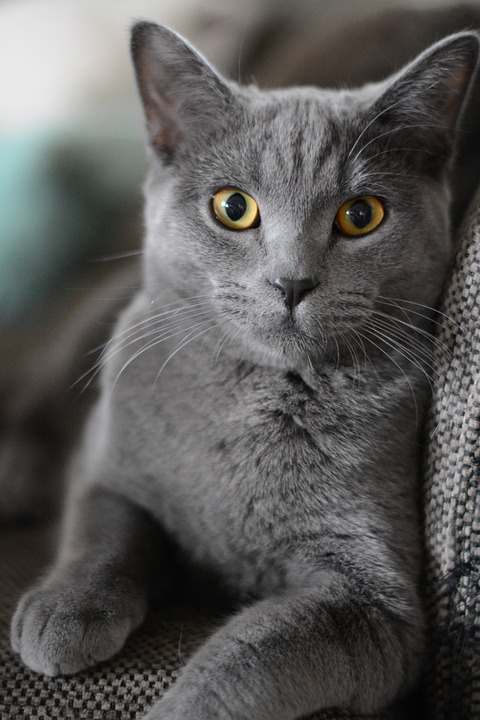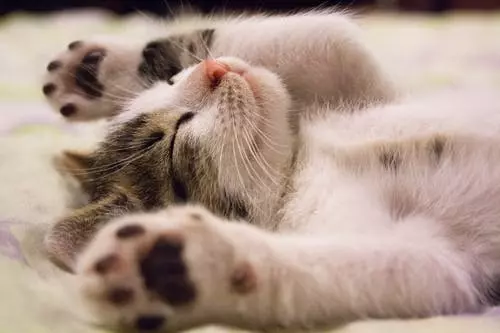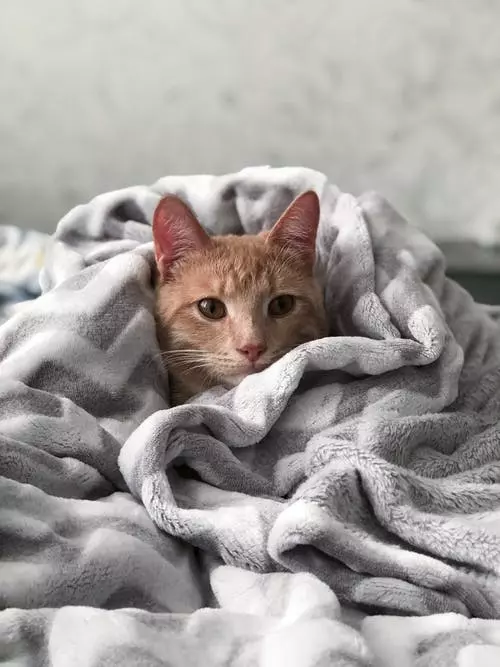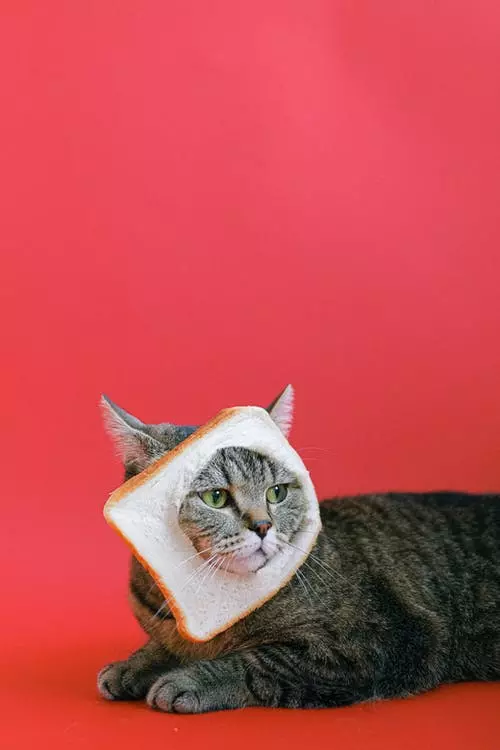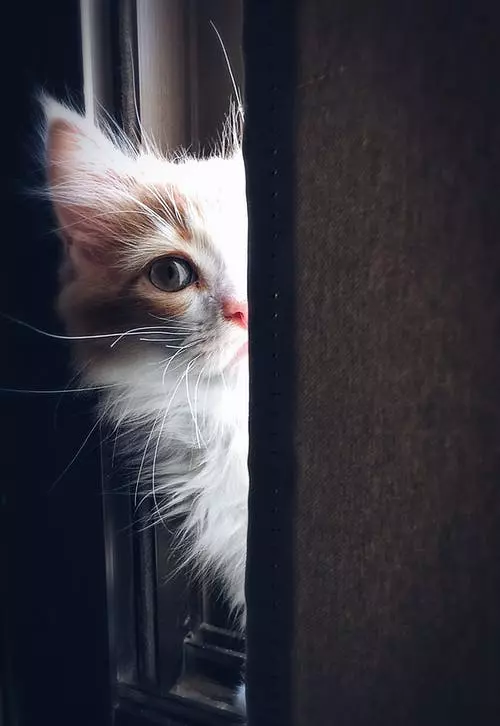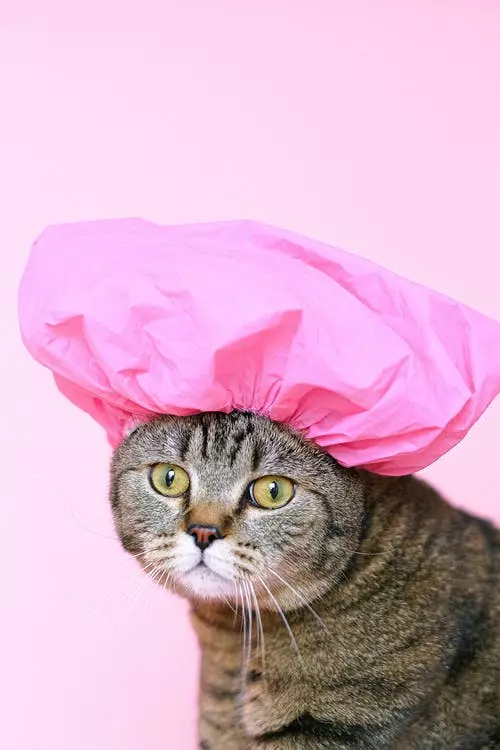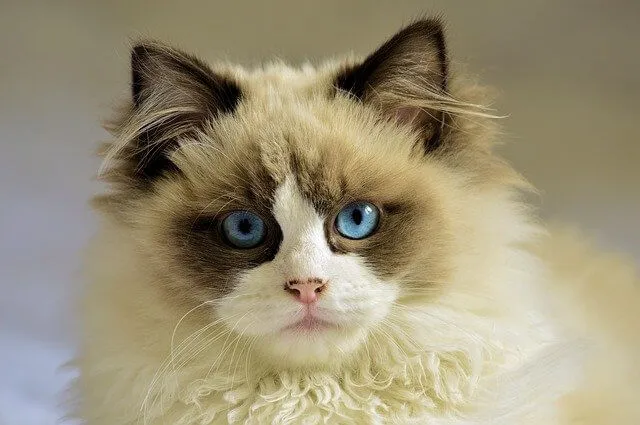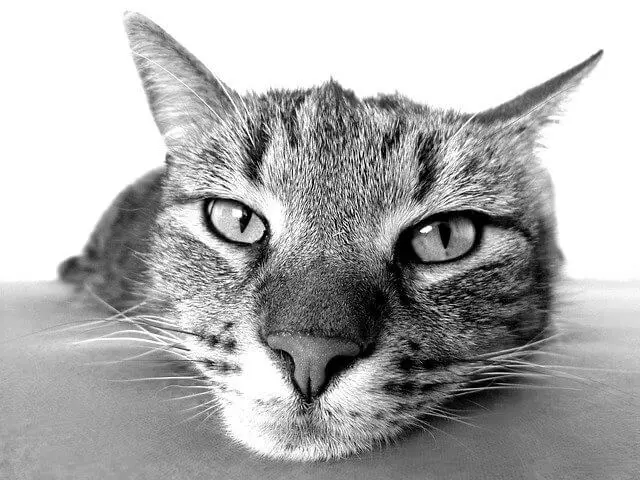Cats are known for their mysterious behaviors, and one behavior that often leaves us puzzled is tail fluffing. If you’ve ever wondered why your cat’s tail suddenly becomes fluffy, you’re not alone. In this article, we will explore the meaning behind this captivating feline behavior.
Tail fluffing refers to the act of a cat’s tail suddenly becoming puffy or bushy. This behavior is characterized by the tail expanding in size due to the hair standing on end. You may notice that the tail appears thicker and more voluminous when fluffed.
There are several reasons why cats fluff their tails. One common reason is fear or aggression. When a cat feels threatened, their instinctual response is to make themselves look larger and more intimidating. By fluffing their tail, cats create the illusion of being bigger and potentially more dangerous, deterring potential threats.
Tail fluffing can also be associated with excitement or playfulness. When a cat is engaged in an intense play session or anticipating something exciting, their tail may fluff up as a result of heightened emotions. It’s their way of expressing enthusiasm and anticipation.
Cats are highly sensitive animals, and sudden noises or unexpected events can startle them. In such situations, they may respond by fluffing their tail as a defensive mechanism. This fluffing helps them appear more intimidating and ready to defend themselves if necessary.
Tail fluffing can also be a sign of anxiety or stress in cats. When cats feel anxious or overwhelmed, their body language may change, including fluffing their tail. This behavior serves as a visual indicator of their emotional state and can be seen as a defensive reaction to perceived threats.
While tail fluffing can indicate aggression, it is not always the case. Cats may fluff their tails due to fear, excitement, startlement, or anxiety as well. It’s essential to consider other accompanying cues and the overall context to interpret your cat’s behavior accurately.
If your cat’s tail fluffs up frequently, it could indicate chronic stress or anxiety. It’s important to assess their environment and identify potential triggers that may be causing distress. If you’re concerned, consult with a veterinarian or a qualified animal behaviorist for guidance.
Creating a calm and enriching environment for your cat can significantly help reduce tail fluffing caused by anxiety or stress. Provide plenty of hiding spots, vertical spaces, and interactive toys. Establish consistent routines and ensure your cat has a safe space to retreat to when needed.
Tail fluffing itself is not typically a sign of illness in cats. However, if you notice other concerning symptoms accompanying frequent tail fluffing, it’s advisable to consult with a veterinarian. They can evaluate your cat’s overall health and rule out any underlying medical conditions.
Understanding your cat’s tail fluffing behavior can provide valuable insights into their emotional state and help you better cater to their needs. Remember, each cat is unique, so their specific motivations for tail fluffing may vary. By observing their body language, considering the context, and seeking professional advice when needed, you can foster a deeper bond with your feline companion.

